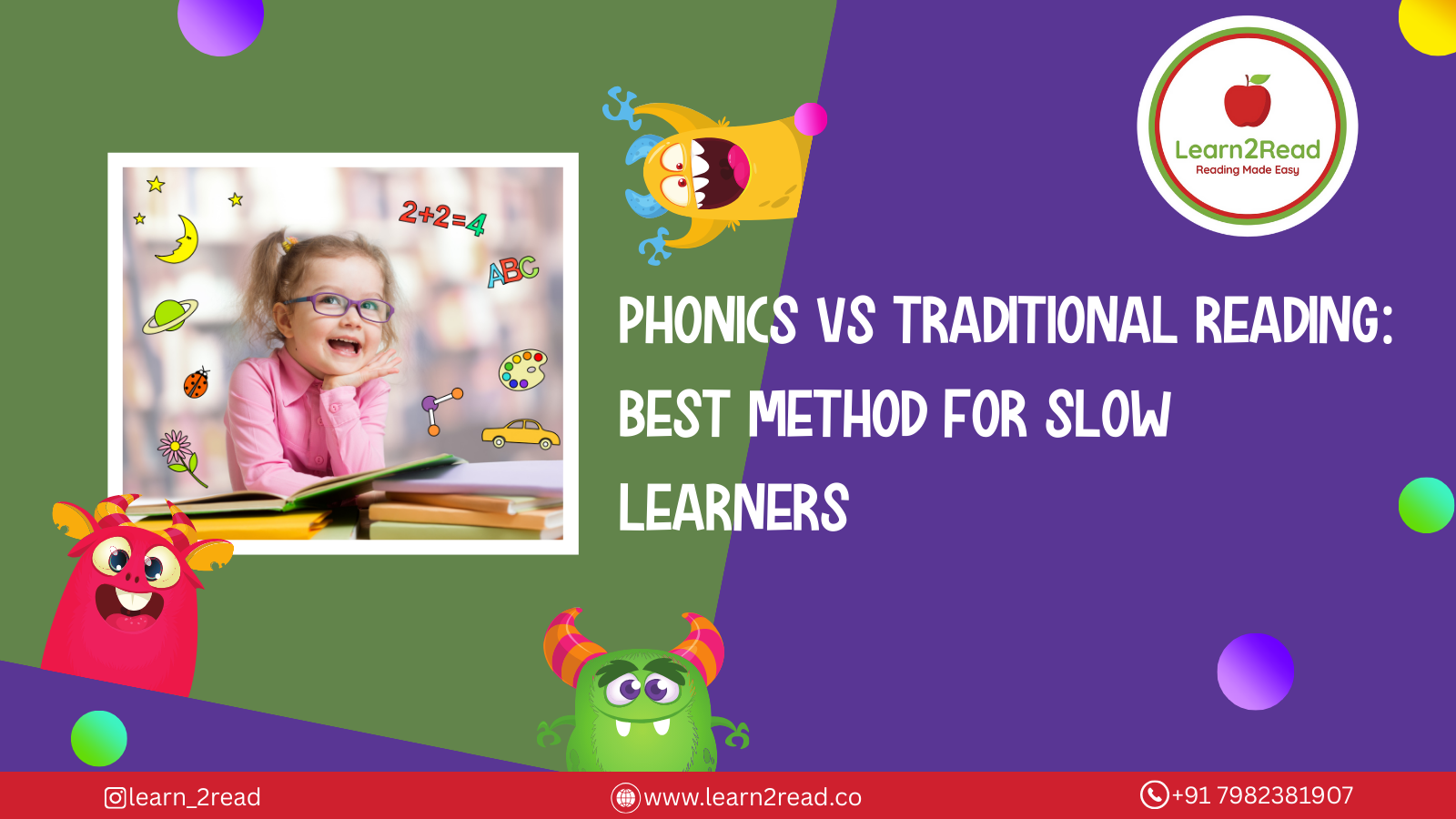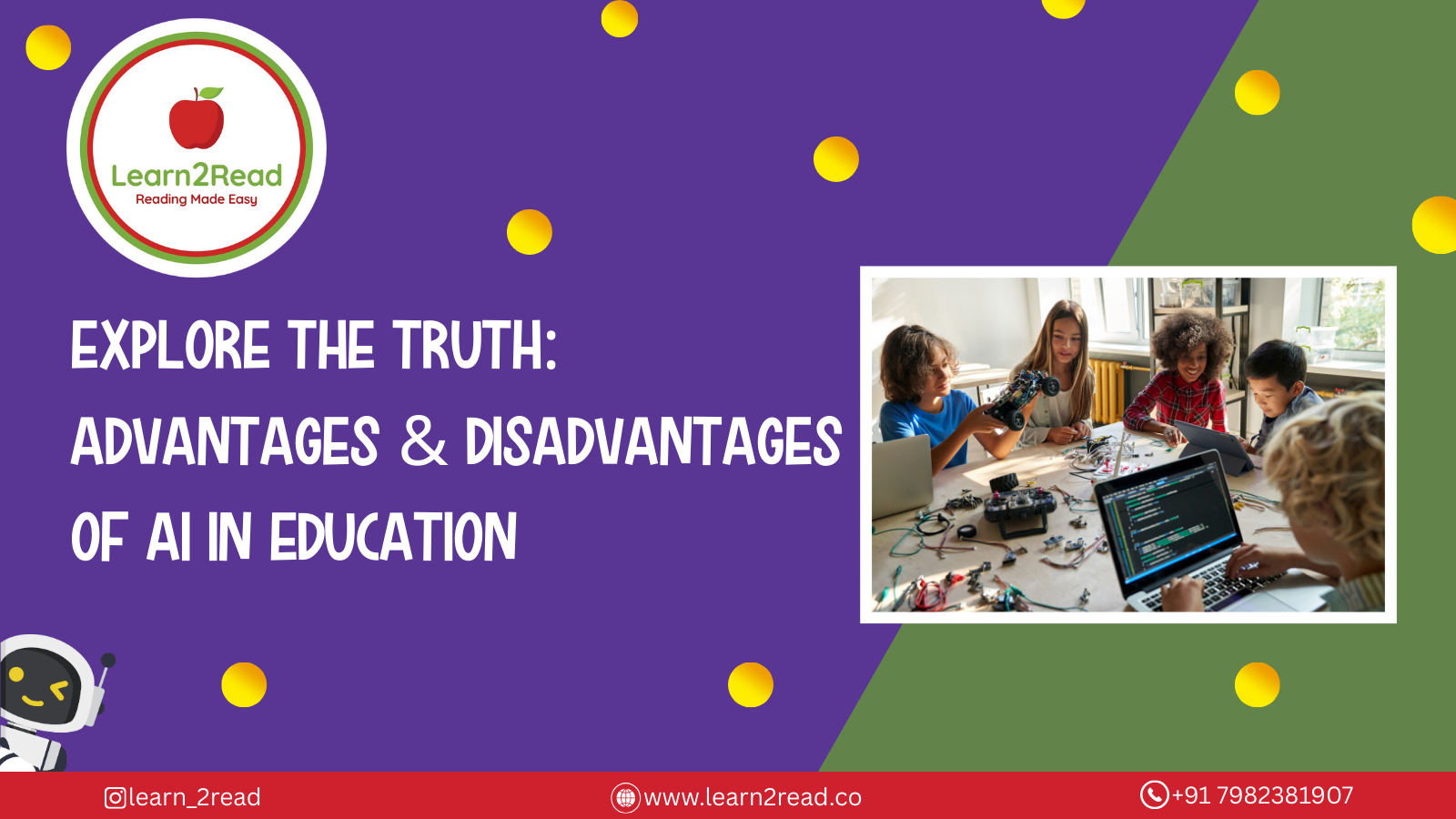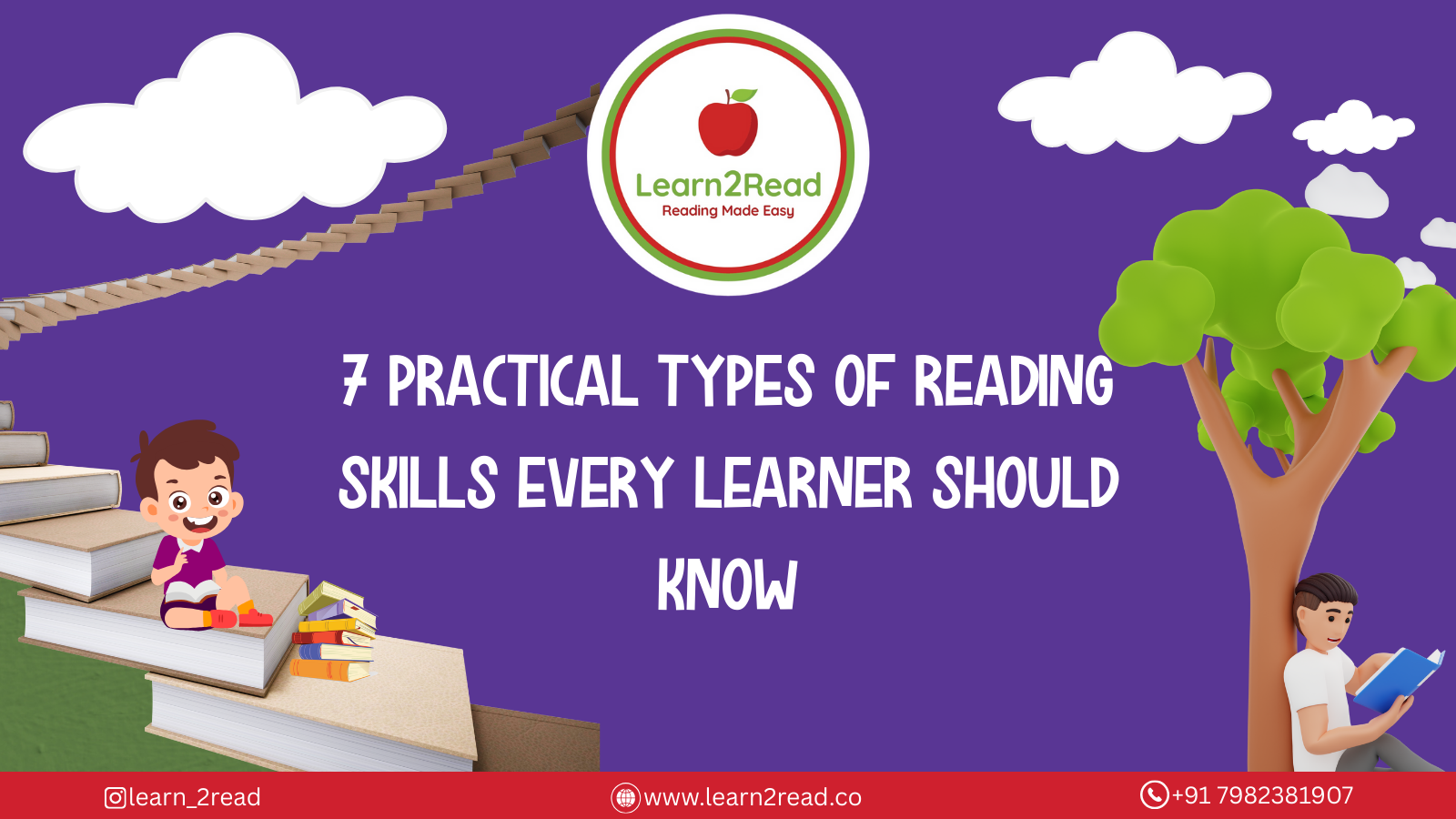19 September 2025
How to Teach Rhyming Words to Kid

How to Teach Rhyming Words to Kid
posted on : 19 September 2025
Teaching Young Children Rhyming Words
Rhyming is basic, not only enjoyable. But how do you teach children rhyming words in a manner that stays?
Let's dissect it such that it's interesting, effective, and yes, a little bit enjoyable.
Teaching Rhyming Words: Why It's Important
Children adore patterns, therefore rhyme provides just this. Children learn how language functions when they are taught rhyming words. It helps their ears to detect sound differences and similarities, which is critical for reading preparation.
Start by introducing your youngster to rhymes via books, poetry, and music. There's a reason nursery rhymes are traditional: they repeat sounds in memorable manners that assist children in recall.
Encourage children to enjoy language. With their names or things from around the house, create goofy rhymes: “Lily eats chili on a hill-y.” It is ridiculous, yet it works!
Rhyming Phonics: Creating Sound Links
Teaching children to hear and identify word endings that sound the same is known as rhyme phonics. Words like "cat," "hat," and "bat" not only sound alike, they also aid children in grasping how substituting one letter can make a new word.
Good tools are phonics games and rhyming cards. We help children playfully understand these patterns at Learn2Read via hands-on activities. Two easy yet quite successful strategies are clapping out syllables or constructing rhyming word webs.
Rhyming Words for Teachers: Making Learning Fun
As an educator, demonstrate to children what rhyming is rather than simply tell them. Recite rhyming chants during circle time, utilize rhymes throughout transitions, or even turn cleanup time into a rhyme game.
Try, for instance, "If it ends with '-an', find it if you can!" Encourage children to say words such as "fan," "can," "man," and so on. Children adore it when education resembles a game; repetition helps to build confidence.
Together Read Rhyming Words
One of the simplest ways to naturally expose kids to rhymes is books. Picture books with rhythmic text help to develop phonological awareness in addition to entertaining.
Some fantastic titles include:
- Rhyming Dust Bunnies by Jan Thomas
- The Cat in the Hat by Dr. Seuss
- Each Peach Pear Plum by Janet and Allan Ahlberg
Reading aloud rhyming books enables children to understand the natural rhythm of language and help them to detect rhyming pairs.
Rhyming Words of Teach: Hands-On Activities
Be imaginative when educating rhymes words. Some entertaining methods of instruction are:
- Ask children to hunt something that rhymes with "sock" or "chair."
- Picture matching: Have children match rhyming pairings (e.g., "fox" and "box" using cards with images).
- Help your youngster create their own rhyme book with absurd or genuine word pairs.
Making learning enjoyable and participatory helps youngsters remember what they learn and maintains their enthusiasm to return for more.
Teach Rhyming Words This Way
At Learn2Read, learning rhyming words is a fun experience. We do:
- Age-appropriate activities and organized lectures
- Fun games that help retention
- Read-aloud sessions and narration
- Assistance from instructors and guided practice
We support your child's confident reading of rhyming words, or rhyming phonics, while strengthening the link between spoken and written language.
The Bridge to Reading: Active Readers' Phonics Course
Rhyming sounds make for a fun experience, but they also develop phonological awareness by helping children recognize sound patterns essential for reading. At Learn2Read, our Active Readers' Phonics Course helps children age 4-6 make the transition from listening to reading with confidence.
Over 66 interactive class experiences, provided over 22 weeks, the children will learn 42 phonic sounds, how to blend and segment words, and learn to read up to 8-letter words. We keep the groups small to provide individualized attention, and the storybooks used are fun to read.
By being able to relate rhymes to letter sounds, children transfer that skill to decoding, fluency, and writing, providing a strong foundation in their reading development.
Final Thoughts
Rhyming is a superhero in your kid's literacy path, not merely a talent. And Learn2Speak's spoken English courses provide the ideal next step for every stage, when it's time to switch from reading to speaking.
Let's encourage your youngster rise, rhymes, and glitter.
FAQs: Teaching Rhyming Words
- Q1. What’s the best way of teaching rhyming words to kids at home?
- Begin with basic games, rhyming novels, and melodies. Encourage children to create their own rhyming pairings and utilize repetition.
- Q2. How can I introduce rhyming phonics in early learning?
- Emphasize comparable conclusions using word families like cat, bat, hat. Rhyming phonics promotes good reading practices and lets kids recognize sound patterns.
- Q3. Are rhyming words of teacher more effective than just using flashcards or apps?
- Exactly. Children remember better when teachers demonstrate rhyming by means of speaking and reading.
- Q4. What are the best books to help children read rhyming words confidently?
- Books such as The Cat in the Hat, Rhyming Dust Bunnies, and Each Peach Pear Plum are enjoyable with repetition — exactly what children need to read rhyming words smoothly.
- Q5. Can I use rhyming words of teach in daily activities?
- Absolutely! Include rhymes into your daily activities — meals, playtimes, even cleaning. Say: "Time to sweep, no time to sleep!"
- Q6. When should I start to teach rhyming words to my child?
- Start introducing rhymes at age three or four. Early exposure to rhymes helps reading success by enhancing sound recognition and laying the foundation.
Latest Posts


19 September 2025
Types of Reading Skills and How to Develop Them in Kids

19 September 2025
Phonics vs Traditional Reading: What Actually Works for Early Learners?

19 September 2025



